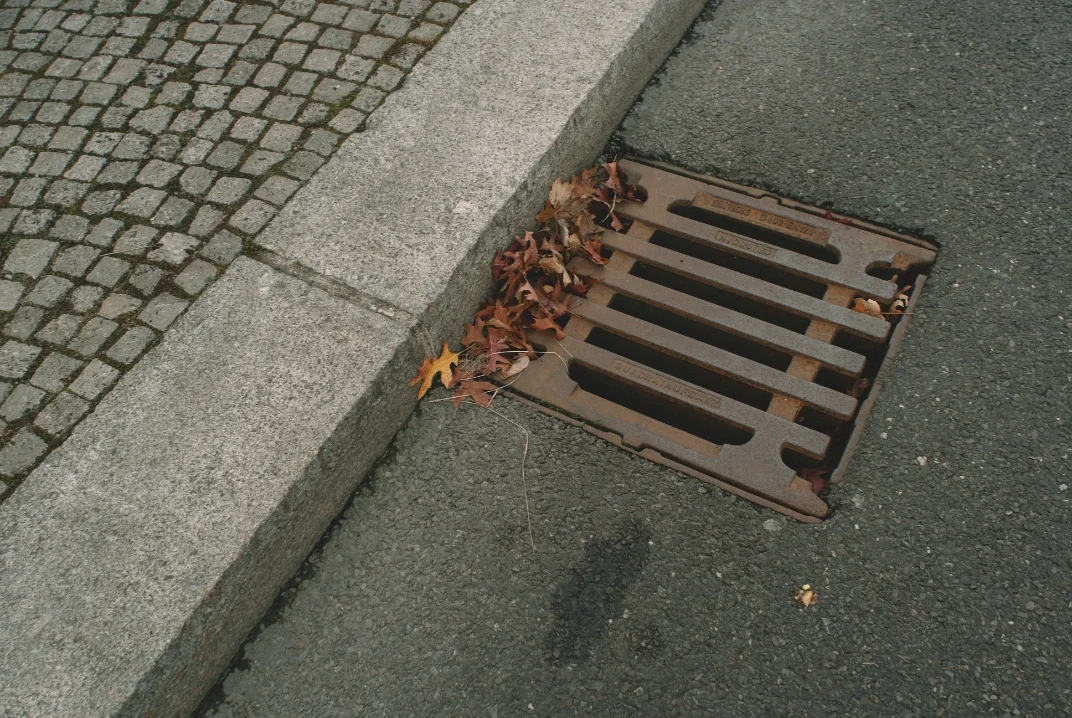Eco-Friendly Ways to Keep Your Sewer Line Flowing Smoothly
Explore eco friendly ways to keep your sewer line flowing smoothly with safe maintenance tips that prevent clogs, reduce costs, and protect the environment.
Your sewer line is one of the most important parts of your home’s plumbing system. It’s responsible for carrying wastewater safely away, keeping your home clean and healthy. But over time, sewer lines can develop blockages, buildup, or even structural damage if not properly maintained.
Many homeowners think that harsh chemical cleaners are the only option for keeping pipes clear, but those can damage plumbing and harm the environment. Fortunately, there are eco-friendly ways to keep your sewer line flowing smoothly while reducing your environmental impact. By practicing preventive maintenance and knowing when to call in professional sewer line services, you can extend the life of your pipes and even avoid costly sewer line replacement.
Why Choose Eco-Friendly Sewer Line Maintenance?
Protects the Environment: Avoids introducing harmful chemicals into soil and groundwater.
Prevents Pipe Damage: Harsh cleaners can corrode pipes, leading to cracks and leaks.
Supports Long-Term Health of Your Plumbing: Gentle, sustainable solutions keep pipes in good condition for years.
Eco-Friendly Tips to Keep Your Sewer Line Flowing
1. Be Careful What You Flush
The easiest way to maintain your sewer line is to prevent clogs in the first place. Avoid flushing wipes, paper towels, feminine hygiene products, or grease. These items do not break down easily and can create stubborn blockages.
2. Use Enzyme Cleaners
Instead of harsh chemical drain cleaners, try enzyme-based cleaners. These products use natural bacteria and enzymes to break down organic matter like food particles, soap scum, and grease. They are safe for your pipes and the environment.
3. Schedule Hydro Jetting
Hydro jetting is a professional eco-friendly sewer line service that uses high-pressure water to clear buildup and debris from your pipes. No chemicals are involved, and it thoroughly cleans the interior walls of the line, improving water flow.
4. Compost Food Waste Instead of Using the Garbage Disposal
Food scraps can contribute to blockages in your sewer line. Instead of sending them down the drain, compost them for use in your garden. It’s healthier for your plumbing and the planet.
5. Plant Trees Wisely
Tree roots are one of the biggest threats to sewer lines. Plant trees away from sewer pipes and choose species with less aggressive root systems. Preventing root intrusion is an eco-friendly way to protect your pipes without the need for harsh root-killing chemicals.
6. Regular Inspections
Scheduling routine sewer camera inspections ensures you catch issues early. This prevents small problems from turning into major ones that could require sewer line replacement.
When Eco-Friendly Maintenance Isn’t Enough
While green practices are excellent for prevention, sometimes pipes are too damaged for cleaning or hydro jetting to solve the problem. If your pipes are cracked, collapsed, or severely invaded by tree roots, sewer line replacement may be necessary.
The good news is that there are eco-friendly options even for replacement. Trenchless methods, such as pipe bursting or pipe relining, are less invasive, require less digging, and minimize harm to your yard and the environment. These methods also reduce the use of heavy machinery, making them a greener choice compared to traditional excavation.
Final Thoughts
Maintaining your sewer line doesn’t have to involve harsh chemicals or harmful practices. By adopting eco-friendly habits like enzyme cleaners, hydro jetting, and smart landscaping, you can keep your pipes clear while protecting the environment. And if replacement is unavoidable, choosing trenchless sewer line replacement is a sustainable option that saves your yard and reduces your environmental footprint.



